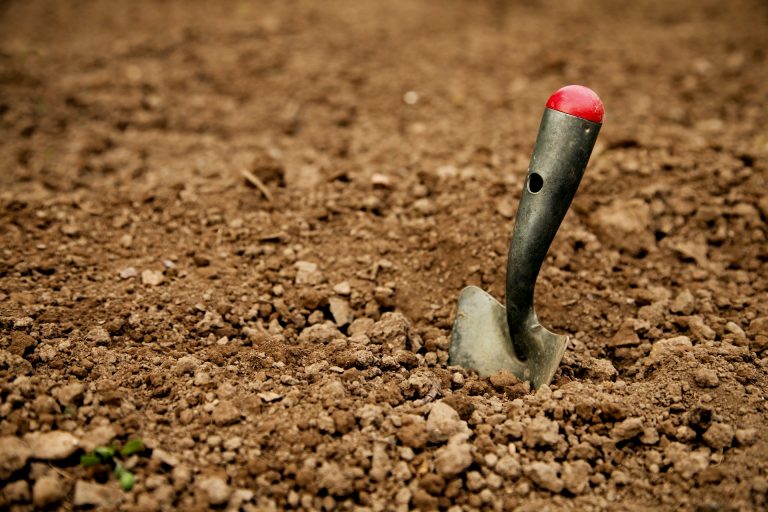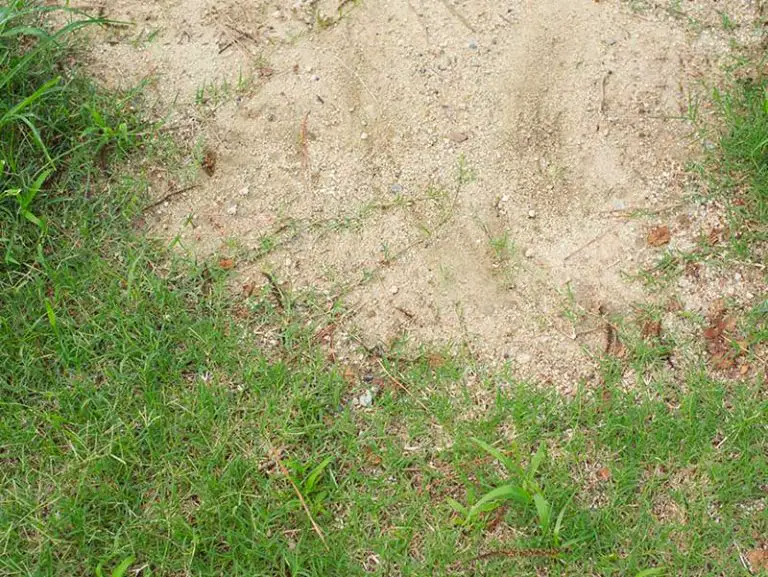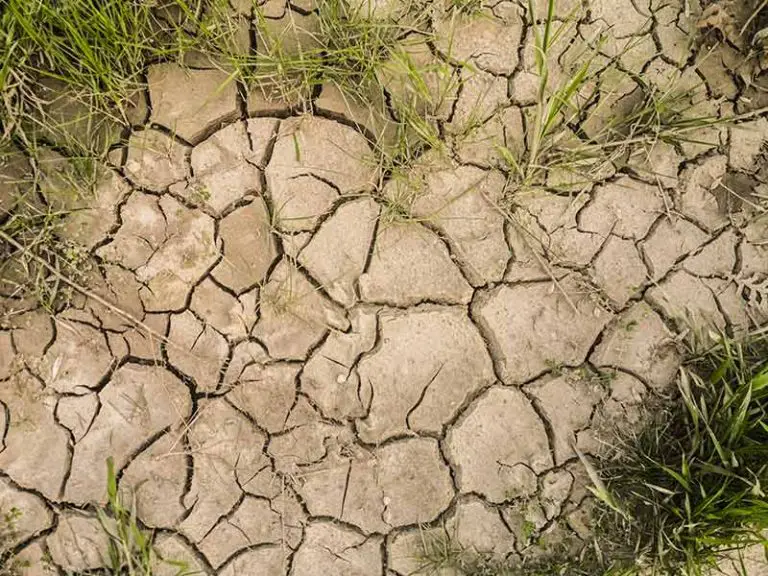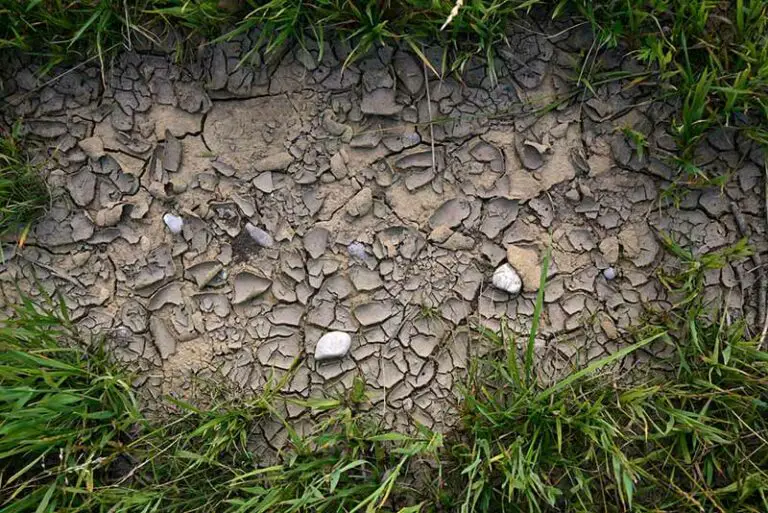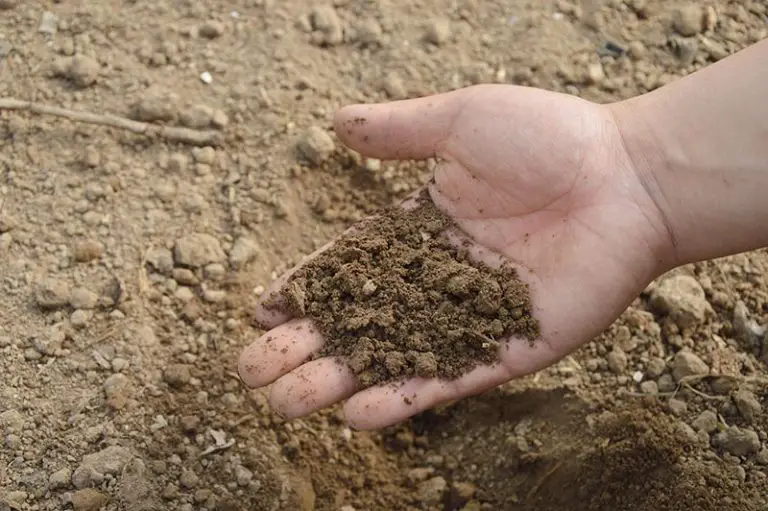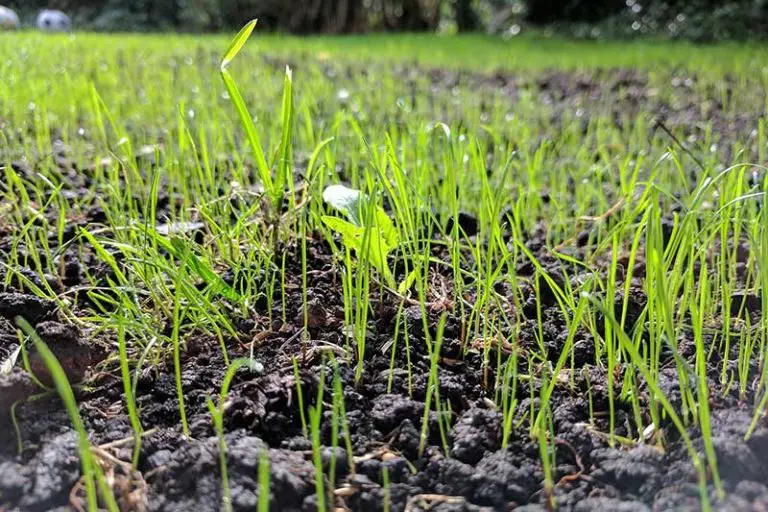What’s the Difference Between Topsoil and Garden Soil?
When maintaining your garden, any minor change to your regular equipment can lead to unwanted effects throughout the rest of your garden. As a gardener, you should know how sensitive certain plants and produce can be to any changes.
Topsoil and garden soil may seem like different names for the same product, but they are both very different and each have their own uses. Knowing these differences can help you avoid any mishaps in your garden, and help you give your lawn the treatment and care that it needs to thrive.
The differences between topsoil and garden soil lay in their purposes and composition. Topsoil is typically used as an additive to the very top layer of soil, in order to plant seeds, whilst garden soil serves as a replacement or supplement for the soil you may already have in your garden, due to its composition and nutritional ingredients.
What is Topsoil?
Topsoil can refer to two different things depending on who is asked. Scientifically, topsoil refers to the uppermost layer of soil, which is often separated into different layers depending on density and composition. In terms of landscaping and gardening, however, the term topsoil can also be used to refer to soil that has been processed to remove any debris and create a smooth, consistent texture. Topsoil may incorrectly be described as dirt by some landscapers. This assessment is incorrect due to the fact that topsoil is made entirely of organic matter. Plants can be supported by topsoil, unlike dirt, due to its composition.
There are also different types of topsoil that contain other components to improve some of its characteristics. For example, topsoil can sometimes have small amounts of clay or loam added. Loamy topsoil in particular is useful as it promotes airflow and is easier to till.
Topsoil is easier to find in larger quantities than garden soil, as it is a much more versatile soil that can be applied in more uses.
What is Garden Soil?
Garden soil is very similar to topsoil except its composition has been altered to include enriching nutrients for plant growth and support. Garden soil, as a result of this, often includes components such as compost and other organic matter to encourage plant growth. Garden soil may also include certain fertilizers or chemicals, but not every supplier adds these to their product. When purchasing garden soil, it’s best to check the ingredients to ensure that there are no added fertilizers or chemicals, if you’re adverse to them.
Garden soil is often produced with a specific type of plant or garden in mind, so there are plenty of varieties available in store. Garden soil isn’t technically a different type of soil to topsoil, but it’s often considered a separate entity due to its purpose, uses and ingredients. Garden soil can be compared more to the soil that you may already have in your garden, as it will share many of the same characteristics.
How to Choose Between Garden Soil and Topsoil
Whilst topsoil and garden soil are similar entities, they are used differently and have their own purpose. Garden soil acts as a mimic of the soil that you may already have in your garden, and can be used to supplement it or fill areas of your garden in. It’s important when using garden soil to make sure that its composition will work well with the soil that you already have in your garden, as there are a variety of formulas available for different types of lawns and gardens. Topsoil, on the other hand, should only be used as a top layer, in order to plant seeds. One reason why people use topsoil is to cover their grass seed, to prevent birds from eating it all.
When deciding which soil is best for you, consider what it will be getting used for. If you are landscaping or filling out large parts of your lawn, garden soil may be the best investment (providing, of course, the mixture you choose is ideal for your garden). If, on the other hand, you’re planting seeds or simply adding another layer to your garden’s soil, topsoil may be better to use.
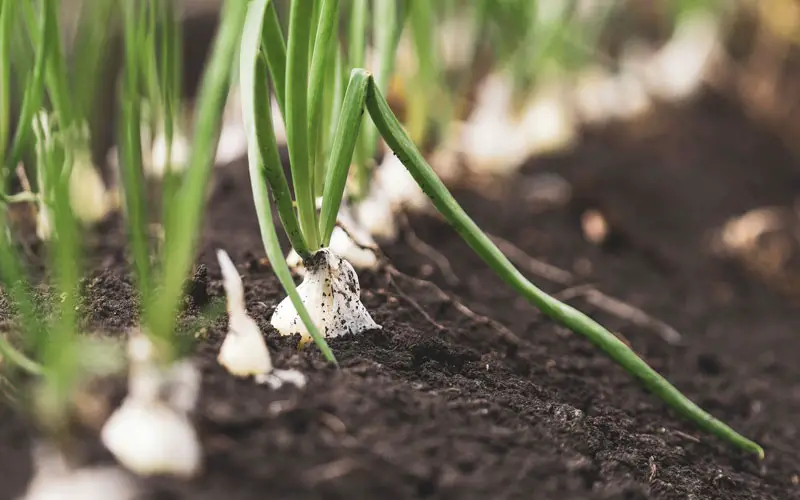
How to Use Garden Soil and Topsoil
It’s never advised to replace all the soil in your garden, but sometimes it does need a little top-up or additional planter space added. If this is the case, your best option is to purchase garden soil. Garden soil is ideal for this job as it contains nutrients and additives which help promote healthy plant growth.
When purchasing garden soil, make sure that its composition works with the soil that you already have in your garden. This includes checking your own garden soil’s pH level, and making sure that the garden soil you have purchased matches your own.
When it comes to laying topsoil, the pH levels are still best matched to that of the current soil you already have. It is easier to raise or lower the pH levels of topsoil to suit your needs, however. Topsoil is best used on top of ready-laid garden soil, as the name suggests. In order to lay topsoil correctly, make sure to till your garden beforehand and begin by sprinkling a few inches of new soil atop of the old. Repeat this process again before adding the rest of your soil.
Benefits of Topsoil and Garden Soil
As both topsoil and garden soil have different uses, it’s easy to become confused by which one is more beneficial to your needs.
What is Potting Soil?
Potting soil, also known as potting mix, is a nutrient-rich soil which is used primarily for potted plants. It’s not too dissimilar to garden soil, but it’s use is restricted to be used in plant pots. It’s made to resist potential compacting, and has been formulated specifically for pots and containers.
Garden soil and topsoil should not be used in replacement of potting soil due to the differences in composition that each one has. If your topsoil is high quality, it could potentially be added to the very top of the potting soil, but it isn’t always recommended as the quality of topsoil can vary greatly.
Final Thoughts
Whilst topsoil and garden soil are both very similar entities, each has their own specific uses and composition that helps them fulfil their uses. Knowing how and when to use topsoil and garden soil can save you a lot of grief in the future by preventing any mixups that could lead to plant death.

